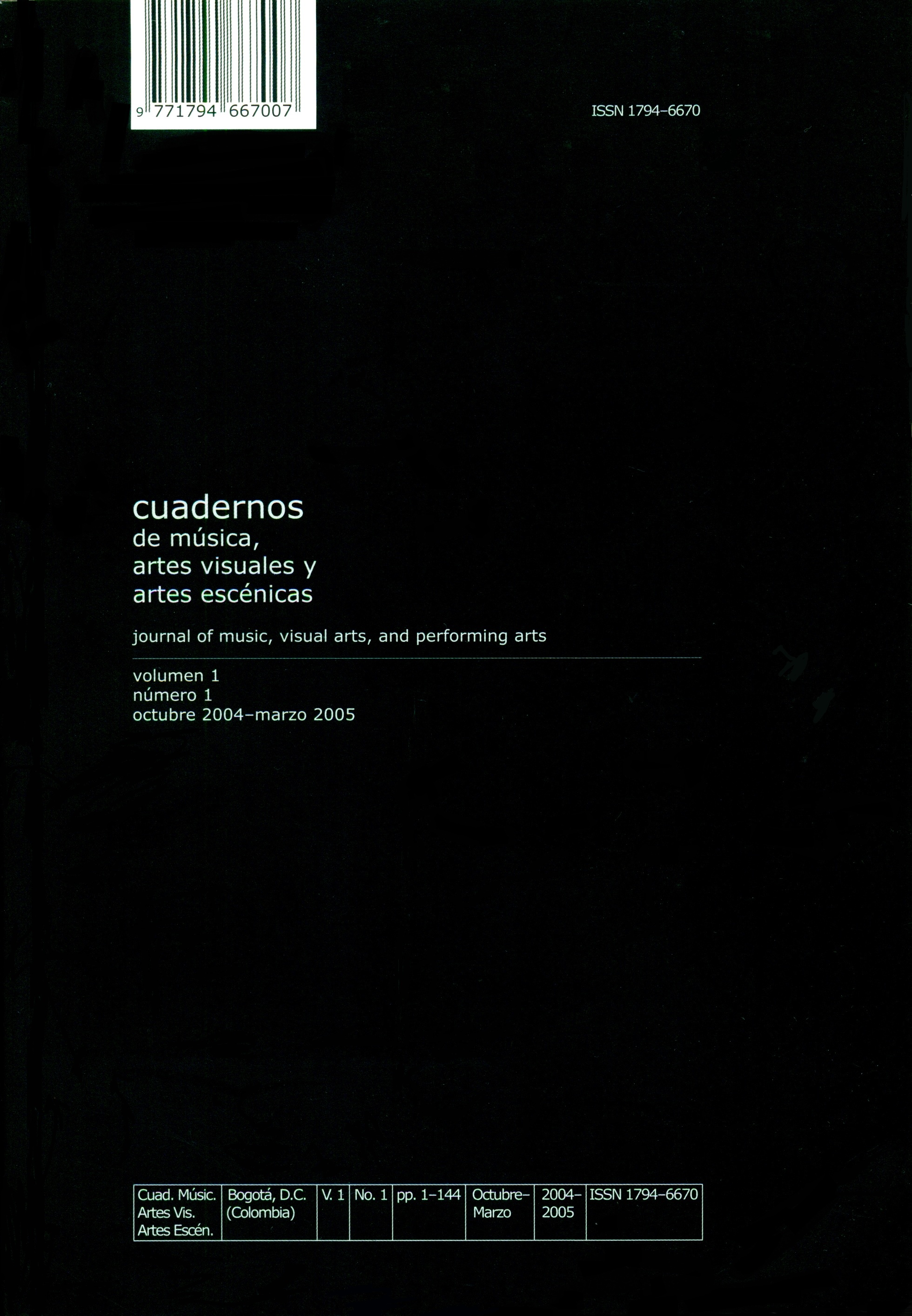Abstract
Within the world’s current geopolitical configuration, Latin American creative acts tend to have fewer opportunities to become viable cultural models, and easily succumb to models coming from more powerful regions. In this context, the music by Uruguayan composer Coriún Aharonián (Montevideo, b.1940) has remained in the underground of Latin American art music circles, overshadowed by other composers of the region who are more accepting of and compliant to the trends stemming from the centers of power. It is this conscious effort in generating countermodels that do not conform to the prevalent expectations radiating from traditional cultural centers which lends significance to Aharonián’s music.This article examines three features present in Aharonián’s compositions: austerity, non-discursive syntax, and the use of microprocesses. Their particular manifestations are traced in numerous examples taken from several of Aharonián’s acoustic and electroacoustic compositions created between 1966 and 1999. These show an application of the idea of austerity to pitch content, timbre, rhythmic and melodic figures, and notation; two main ways of generating non–discursive syntax (high sectionalization and stratification); and finally the use of microprocesses as means for development of material including the use of microtonalism, microvariations and recontextualization.This journal is registered under a Creative Commons Attribution 4.0 International Public License. Thus, this work may be reproduced, distributed, and publicly shared in digital format, as long as the names of the authors and Pontificia Universidad Javeriana are acknowledged. Others are allowed to quote, adapt, transform, auto-archive, republish, and create based on this material, for any purpose, provided the authorship is duly acknowledged, a link to the original work is provided, and it is specified if changes have been made. Pontificia Universidad Javeriana does not hold the rights of published works and the authors are solely responsible for the contents of their works; they keep the moral, intellectual, privacy, and publicity rights.
Approving the intervention of the work (review, copy-editing, translation, layout) and the following outreach, are granted through an use license and not through an assignment of rights. This means the journal and Pontificia Universidad Javeriana cannot be held responsible for any ethical malpractice by the authors. As a consequence of the protection granted by the use license, the journal is able to publish retractions or to correct information already published. Publishing contents in this journal does not generate royalties for contributors.


